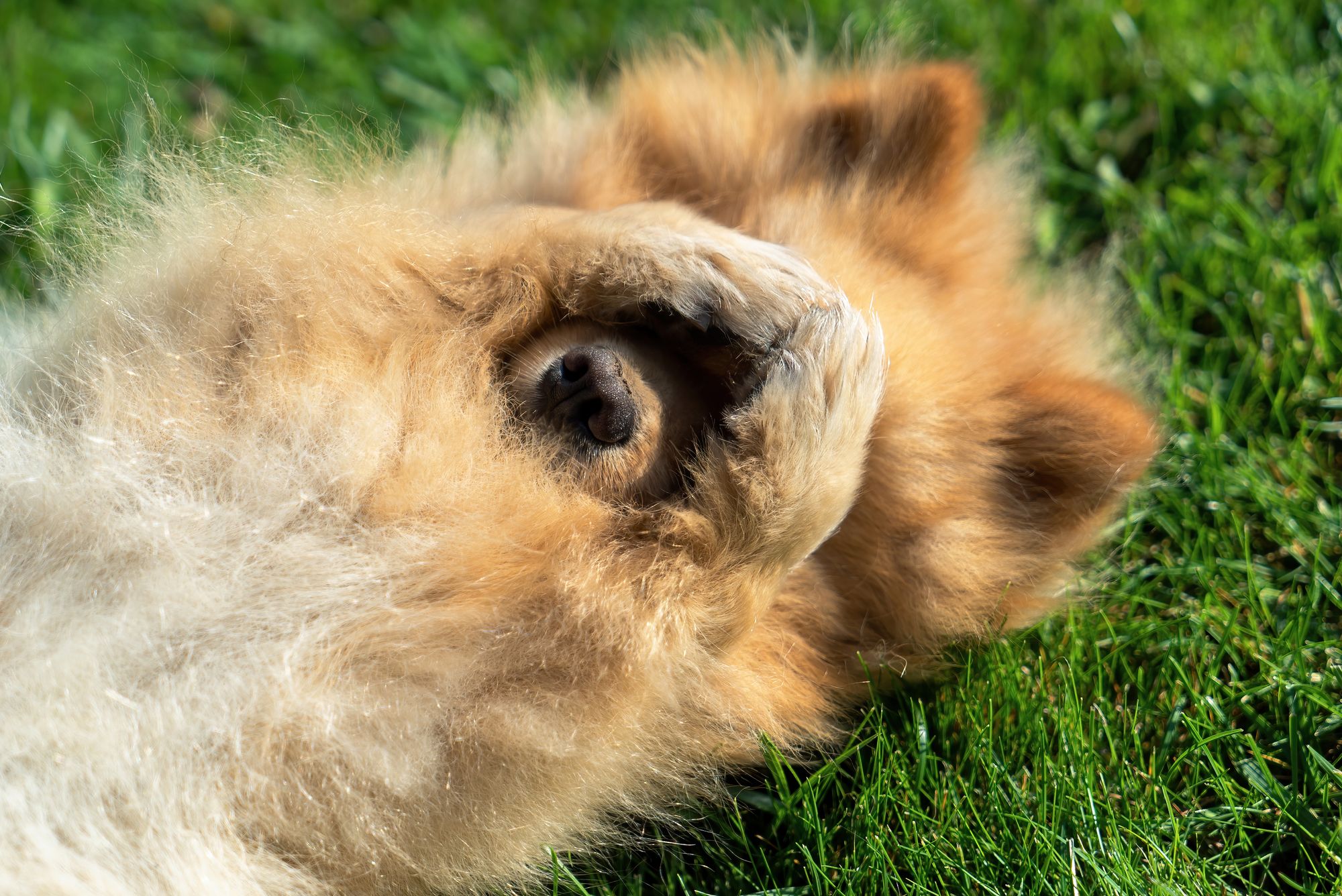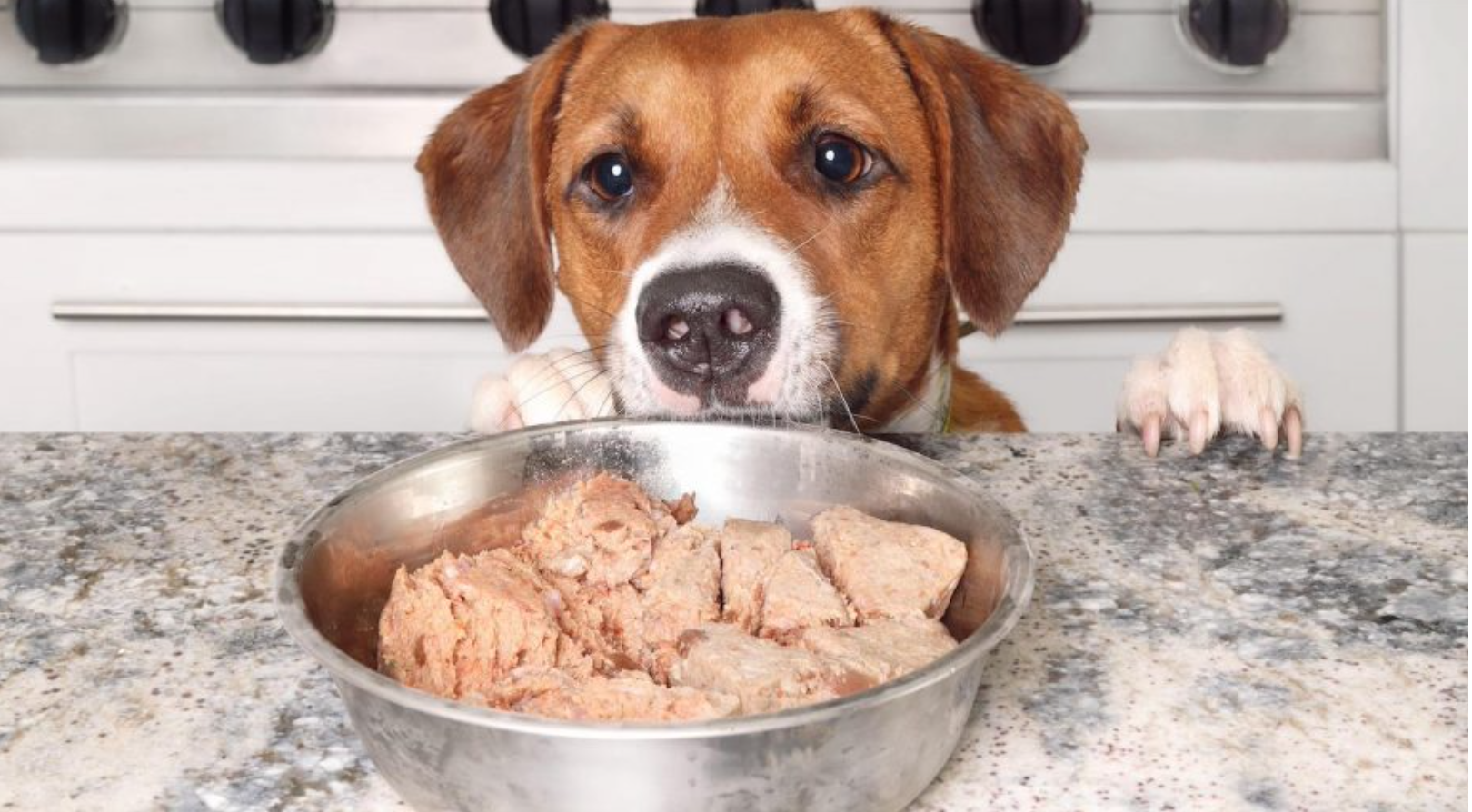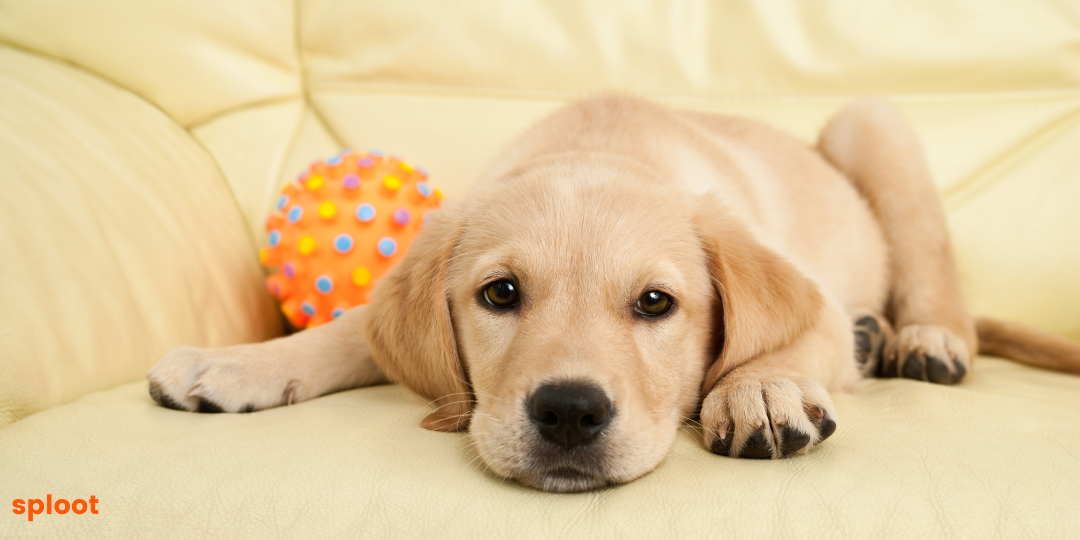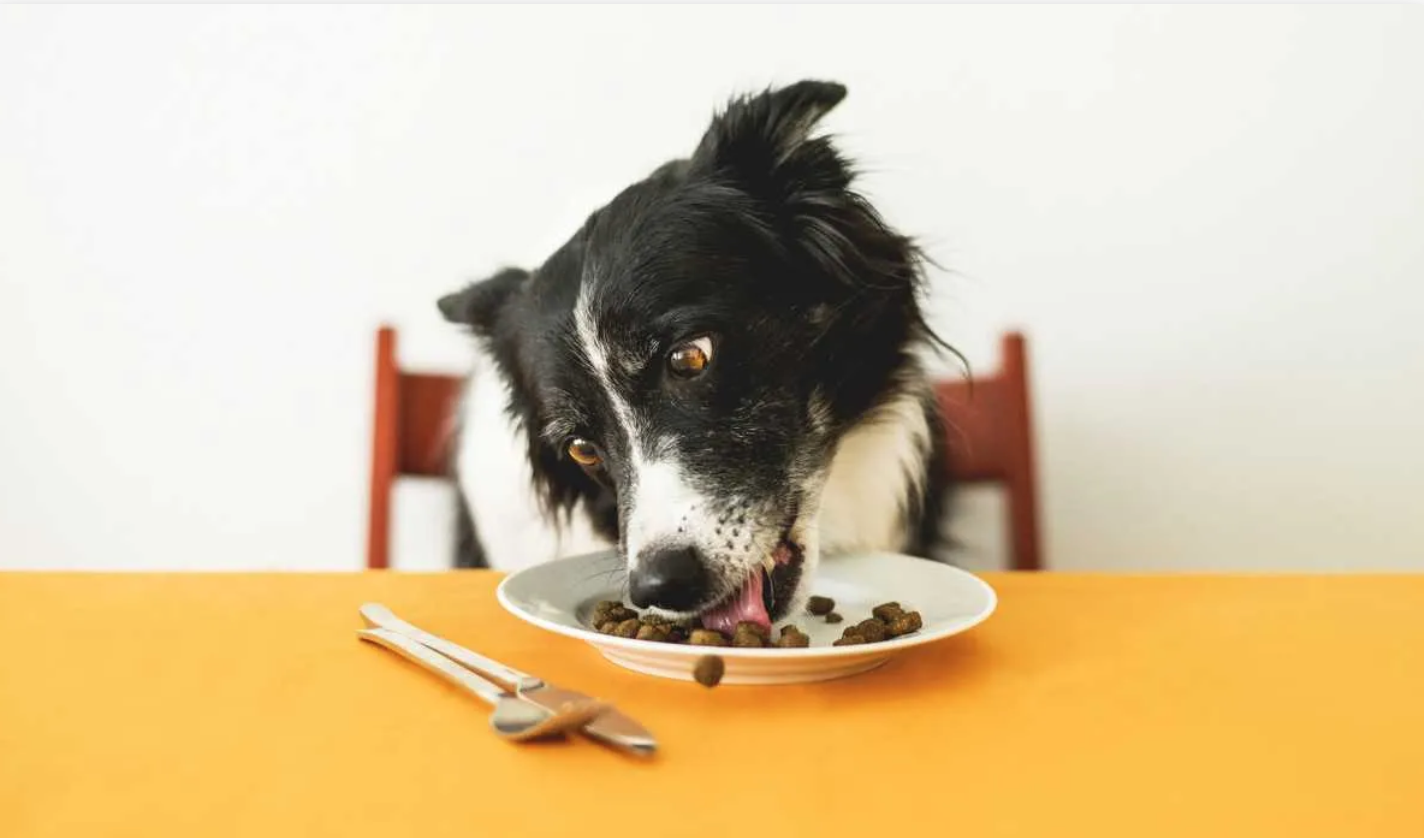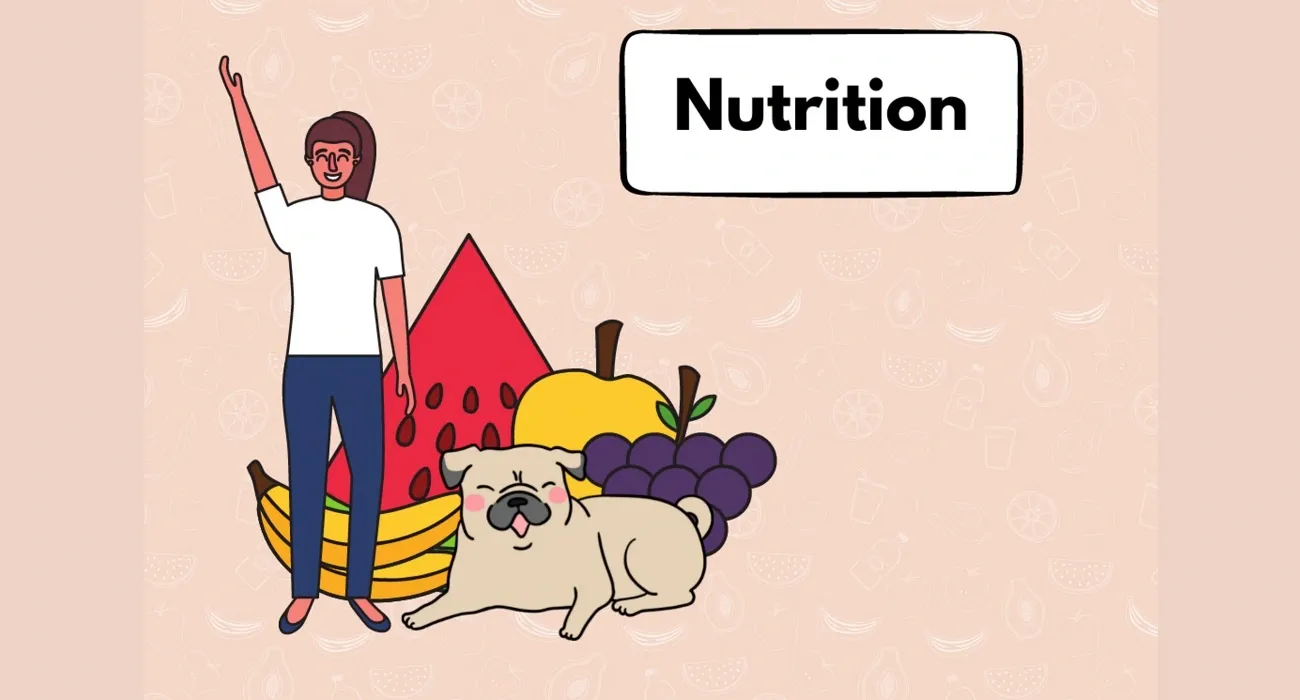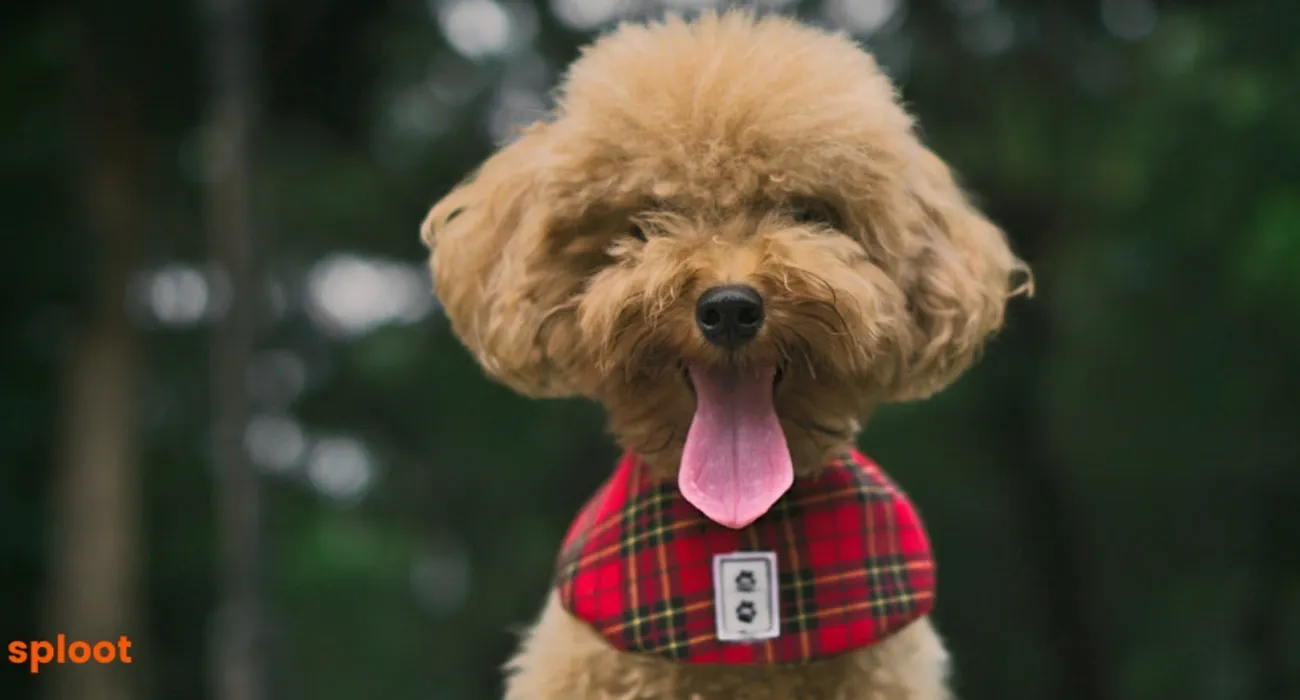Ever found dry flakes on your dog’s skin and fur? Probably not dirt, but dog dandruff! Many dogs suffer from it. Just like us, dogs can get flakes, which can lead to discomfort, itching, and infections. Dandruff in dogs is important to understand for good skin and coat health. The aim of this article is to discover the various causes, symptoms, wrong beliefs, and treatment remedies available for dog dandruff. We will go through the home remedies that we can use and when it is best to contact the vet to keep your furry friend comfortable and healthy.
Do Dogs Have Dandruff?
Yes, dogs can also have dandruff. You might notice white flakes in their fur. This primarily, due to dry skin, although it could also be caused by allergies. Dandruff can sometimes signal more serious health issues.
Dogs can be treated by frequent grooming, a good diet, and applying a dog dandruff shampoo. If your dog continues to show signs of more than occasional dander, it might be best to visit an animal hospital to see if there are any health conditions that require diagnosis and/or treatment.
Busting the Myths about Dandruff in Dogs
Pet parents are serious about what they hear concerning dog dandruff. Many people are under the impression that only sick dogs get dandruff. It is actually quite contrary to this. Even dogs that are healthy can get dandruff. Sometimes, people even think that if they wash their dog frequently, it would not be an issue.
Bathing your dog too often is likely to just make a dog's dandruff worse. Many people think that dandruff is really just dry skin. Dry skin can be a sign of something that isn't normal, such as seborrheic dermatitis, or other external parasites. It would be wise to have it checked out before it gets worse, or before it becomes a comfort issue for your pet.
Types of Dandruff in Dogs

Dry Dandruff (Seborrhea Sicca)
- This type appears as small, flaky white patches on the skin, often due to dry weather or insufficient hydration. It is characterized by a lack of natural oils, leading to dry, crusty skin.
Oily Dandruff (Seborrhea Oleosa)
- This condition results in greasy skin with yellow flakes, commonly associated with hormonal imbalances or genetic predispositions. It can produce an unpleasant odor and may lead to further skin issues if untreated.
Walking Dandruff (Cheyletiellosis)
- This is usually caused by mites. This type presents as moving white flakes on the dog's skin. It is highly contagious and can cause severe itching and hair loss.
What Causes Dog Dandruff?
Environmental & Seasonal Factors
Environmental factors contribute to dog dandruff. For example, dry air, particularly during winter, can create dry skin and flakes. Extreme heat or rapid changes in humidity can deplete moisture from the skin and cause itchiness/dandruff.
Diet & Nutritional Deficiencies
If a dog lacks nutrition, its skin may become flaky. Without omega-3s or -6s in the dog's diet, it can cause dry, irritated skin. As can low-quality dog foods, that have burnt fillers for pet food. In short, nutrition should be prioritized for your pup.
Allergies & Skin Sensitivities
Food allergies can develop in dogs (e.g. chicken, dairy, or soy), which results in skin irritation and flaking or simply skin problems and excessive flaking caused by pollen, dust or other environmental allergens.
Medical Conditions & Skin Infections
Some health conditions like seborrhea may cause prolonged dandruff associated with red, itchy skin and thick flakes of dandruff. Dandruff in dogs may also be the result of bacterial or fungal infections, particularly if your dog's immune system is weak.
Poor Grooming & Hygiene Practices
A lack of proper grooming can result in dandruff as well. Taking baths too often can strip your dog’s skin of it's natural oils and dry out. Conversely, taking baths infrequently will let oil build up, resulting in grease flakes. Grooming your dog's coat on a regular basis can help prevent an array of skin issues.
Dog Dandruff Warning Signs: How to Spot the Flakes Early!
The most obvious indicator that your dog has dandruff is the appearance of white or yellow flakes on your dog's fur, on your dog's bedding, and sometimes on your furniture. The flakes occur as a result of an abundance of shed dead skin cells and can be quite noticeable, particularly on darker coats. Along with flaky skin, excessive scratching can be a common indication of a problem.
Excessive scratching can occur as a continued behavior. Dogs may scratch excessively in the neck, back, or belly regions of their body, due to irritation from dry skin or an allergic reaction. The coat texture can also change; the coat could stay dry, become rough, or remain oily if the condition is seborrhea. Cats may also show signs of redness or inflammation due to dryness or infection as a result of the dandruff, indicating additional flakiness causing skin irritation as a part of the condition.
Behavioural Cues – What Your Dog’s Actions Tell You
Your dog's actions may reflect their degree of comfort. Shaking or rolling frequently could be a sign that your dog is trying to relieve the itch from a skin problem. Similarly, the microphone indicates excessive licking or chewing of the paws and/or legs may indicate irritation from dandruff. In conclusion, a dull and more shedding coat could indicate a deeper issue like excessive dead skin buildup, seborrhea, or both.
When Dandruff Signals a Bigger Problem
While mild to moderate flakes may be within normal limits, there are warning signs that indicate that general flakes could be a more serious problem and require seeing your veterinarian. For example, bald patches or thinning hair would be consistent with a bacterial or fungal infection that needs to be diagnosed and treated by your veterinarian.
Likewise, if there is a foul odor coming from your dog's skin, it is highly likely your dog has a skin condition called seborrheic dermatitis which can also be associated with moderate to severe flakes. Again, you would want to make an appointment for your veterinarian for this condition as well. Finally, if there are scabs, sores, or lesions filled with pus, this may also be indicating an infection, and would very clearly identify a reasonable cause for the visit to the veterinarian as well.
How to Get Rid of Dog Dandruff ?
Home Remedies for Dog Dandruff and Itching
Natural solutions can frequently be employed to treat dog dandruff at home. For its moisturizing and antibacterial effects, coconut oil massages work exceptionally well. It is also a great alternative to medical creams as it wouldn't be an issue when injected by the dog. Simply apply a small amount of oil directly onto your dog's skin and allow it to dwell before rinsing.
Oatmeal baths are an equally excellent and soothing option. To soothe itchiness and flakiness, mix oatmeal with water to form a paste and apply while washing your pet. A diluted mixture of apple cider vinegar and water in a ratio of 1:1 can be sprayed on your dog's fur to help in balancing the pH of the skin, as well as killing bacteria.
Lastly, make fish oil supplements an option. Fish oils contain Omega-3 fatty acids that can rehydrate the skin from the inside out and help cure pet dandruff condition.
When to See a Vet?
It is important to call the veterinarian if the home remedies aren't effective, or if you notice your dog has more severe issues such as redness, flaking or sores, hair loss, frequent itching or odor. Chronic dandruff may signify other problems, such as infections or seborrheic dermatitis. These can require veterinary medications to treat.
Using Best Products – Dog Dandruff Shampoo, Sprays & Treatments
If your dog's coat is thick or matted, you will have to make sure the undercoat is taken care of to avoid more than just itchiness and scratching from the irritation; it could lead to them developing skin infections. If their coat is healthy, the following methods will help combat itching/flaking skin coming from your dog's coat.
For anti-dandruff ongoing care, you can use oatmeal or aloe vera in specialized shampoos, these will help with mild cases of dog dandruff. More severe conditions, for example, seborrheic dermatitis, may require medicated shampoos so they don't have an irritating/flaking coat.
You could also apply Dog Dandruff spray for a quick fix on an irritated spot of itching/flaking of their coat. In managing their coat, brush them frequently in order to help their body naturally distribute its oil and assist in hydrating their coat. Also check to be sure their diet is sufficient to include essential fatty acids to eliminate dandruff.
Long-term Care Tips for Preventing Dog Dandruff
Maintain a Healthy Diet
A proper diet matters for the health of your dog's skin and coat. Offering good-quality protein can help maintain the skin's needs. Omega-3 supplements can also provide nutritional benefits, as they can provide natural moisture and combat dry skin and flakiness. As with any supplement, make sure to check with your veterinarian before adding to your dog's diet.
Regular Grooming & Bathing Routine
Maintaining a regular grooming and bathing regimen can reduce, and even prevent, your dog's dandruff. You should frequently brush your dog to remove excess dead skin cells, along with working some of the natural oils from your dog's skin out into its coat. To help maintain a reasonable routine, it is best to use a mild anti-dandruff shampoo on your dog at least once a month, but not frequently enough that you would be drying it out or eliminating the natural oils too quickly with bathing too much overall.
Control Your Dog’s Environment
You can also manage your dog's environment to keep dandruff at bay. Humidifiers keep the air at a desirable humidity level (especially in the dry months) and reduce the chance of dry skin. Also, washing your dog's bedding can help reduce the number of allergens and bacteria that could irritate your dog's skin.
Join the sploot Community
Many pet parents will tell you that dog dandruff is very common but it is uncertain if it is a common issue. Dog dandruff is usually something that can be properly diagnosed and resolved. Nevertheless, it would always be good to identify a cause to properly remedy the issue.In general, creating a dietary change, grooming, and veterinarian-approved solutions usually have pleasant results.
Always encourage the utilization of home remedies, such as omega-3s, oatmeal bath, and coconut oil massages for any minor case of dandruff. But, for more severe cases or for cases that do not resolve, always consult with a veterinarian for diagnosis and possible medications. Therefore, you can just be sure to use preventative factors, such as proper diet, grooming, and an environmental factor to prevent the issue of dandruff. Finally, the sploot community helps connect other pet parents, experts or access to some services and products to keep your pup happy and healthy. You can also get the sploot app to become engaged in AMAs, pup talks and events. Don’t forget to like and follow on Instagram for daily pet care tips.
FAQs on Dog Dandruff
Does coconut oil help dog dandruff?
- Yes, coconut oil can help reduce dog dandruff by moisturizing the skin and preventing flaking, thanks to its antibacterial and antifungal properties.
Can food cause dandruff in dogs?
- Yes, dietary imbalances, such as insufficient Omega-3 fatty acids or inadequate fat intake, can lead to dry skin and dandruff in dogs.
Are there any home remedies for dog dandruff and itching?
- Home remedies include coconut oil massages, oatmeal baths, apple cider vinegar rinses, and Omega-3 supplements to soothe itchy skin and reduce dandruff.
How to treat dandruff in dogs naturally?
- Natural treatments involve regular grooming, moisturizing with coconut oil, oatmeal baths, and adding Omega-3-rich foods or supplements to their diet.
Can dog dandruff shampoo be used to treat flaky skin in dogs?
- Yes, specialized dog dandruff shampoos with ingredients like oatmeal and aloe vera can effectively treat flaky skin while soothing irritation.
Are some dogs more prone to dandruff than others?
- Yes, certain breeds with sensitive skin or genetic predispositions are more prone to dandruff, especially during dry winter months.


